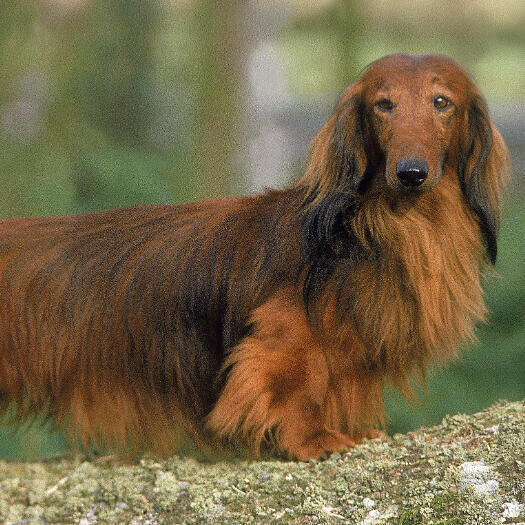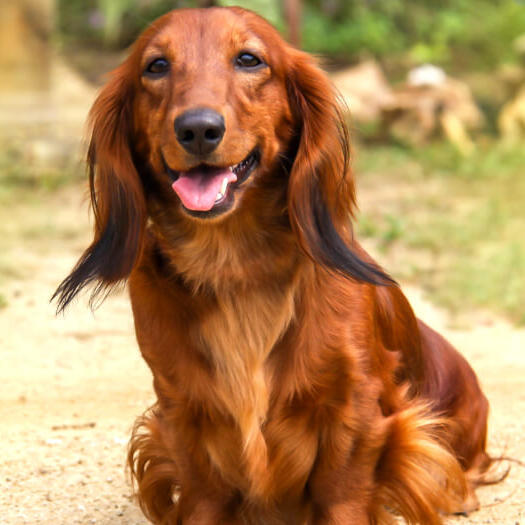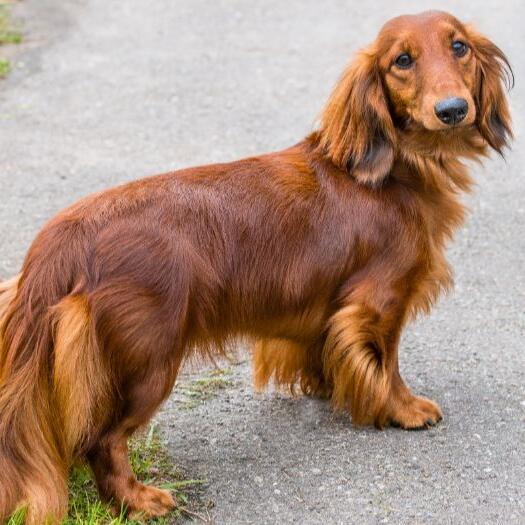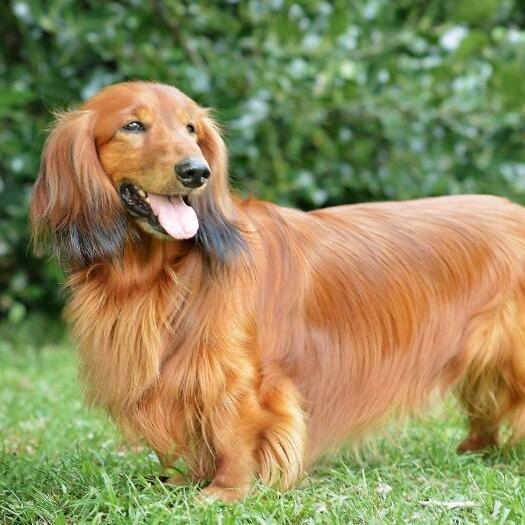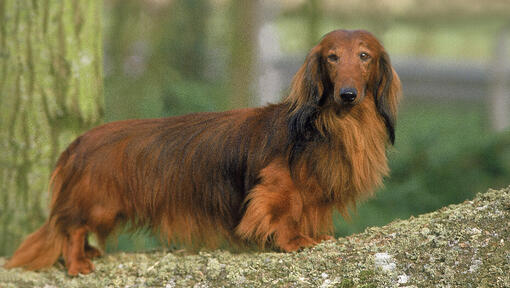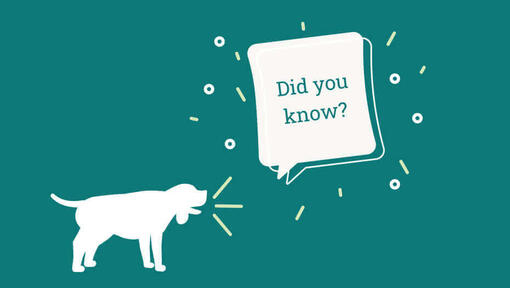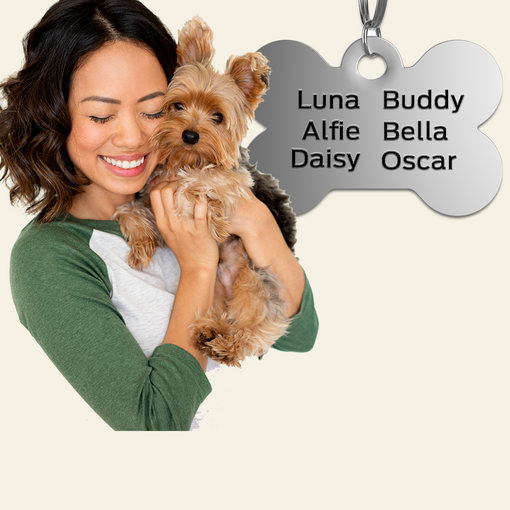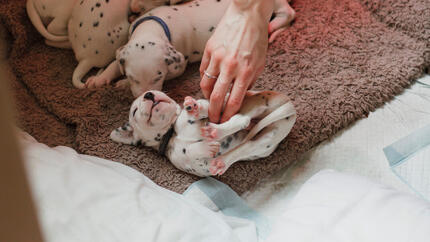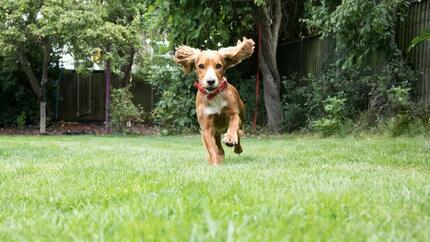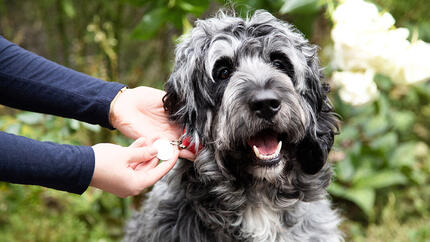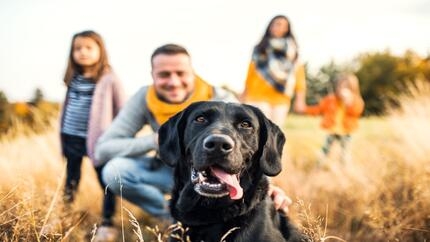History and Origins
Country of Origin: Germany
Dachshunds can be traced back to the 15th Century in Germany, and came to Britain with Prince Albert. Dachshunds’ short legs allowed them to go to ground after badgers and other burrowing animals, where they would bark loudly to let hunters know where they were underground.
They enjoyed popularity throughout Britain and America during the 19th Century though lost favour during World War I due to their Germanic origins.
Today the Dachshund is again a popular family pet, and the Long Haired Dachshund is an attractive and glamorous version of the breed.

